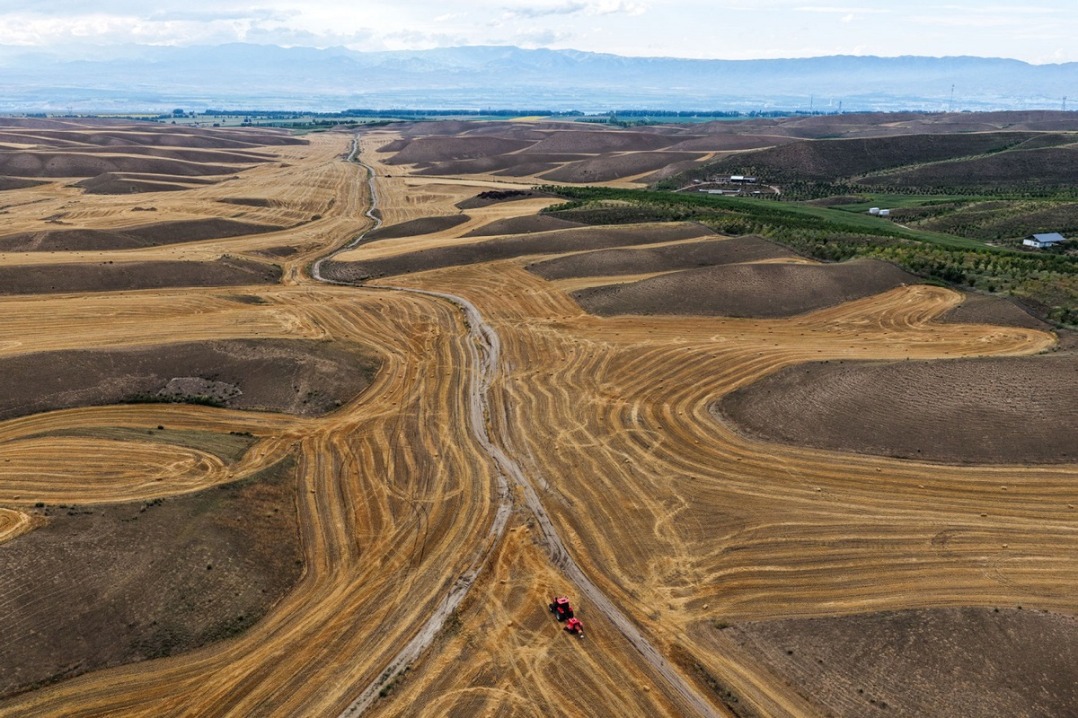Shanghai cleans up waste collection, recycling


Long-term action plan
In March, the Shanghai municipal government published an action plan to implement the sorting of household waste across the city, and made it clear that every residential community in every district would be required to operate a trash sorting program by 2020.
The aim is to reduce the daily volume of dry waste from 21,400 metric tons to 18,100 tons.
Meanwhile, the amount of wet waste, mainly kitchen leftovers, which can be reused as compost or fertilizer, must be increased from 3,480 tons to 6,300 tons a day, and the daily volume of recyclables, including plastics and papers, should rise from 660 tons to 1,100 tons.
"Trash sorting is an important step in achieving harmless treatment and effective disposal of solid waste," said Liu Chang, deputy chief engineer at the Ministry of Housing and Urban-Rural Development's Environmental Sanitation Engineering Technology Research Center.
Currently, landfills and incineration are the dominant methods of treating waste in China, but properly sorted trash can save space in landfills, which have a limited area, while certain types of dry waste can be burned as fuel for incineration plants.
"The amount of household waste produced in China is rising every year, and the solid waste treatment industry is developing at high speed as well," Liu said.
"But there is still a huge gap between the waste we produce and our ability to treat it," he added, estimating the shortfall at about 30,000 tons a day.
"Sorting our trash will help to close the gap."
- Global influencers explore beer city at Qingdao WCNA
- Heavy rainstorm leaves three dead, four missing in Hebei resort
- Ethnic integration on the grassland
- China renews alerts for rainstorms, high temperature
- Beijing restores power, communications, water-supply to flood-hit villages
- Helicopter sightseeing project takes off over Wuliangsu Lake





































